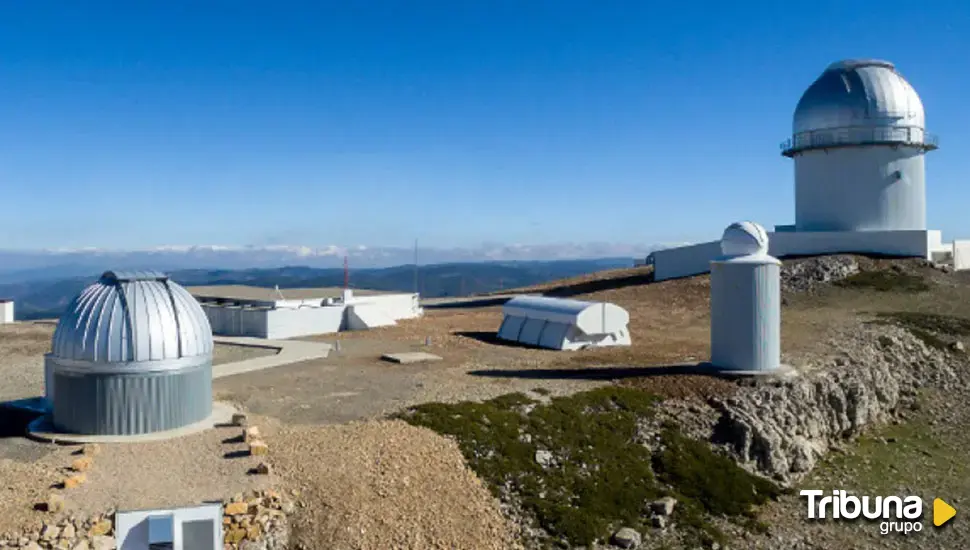An international project publishes the positions of 450,000 galaxies on a 3D map of the Universe.

International Astronomy Project J-PAS published the first data of his mapping of the Universe and provided the scientific community with access to the first twelve square degrees of this 3D map which allows you to find out the position 450,000 galaxies.
A jointly led initiative Institute of Astrophysics of Andalusia (IAA-CSIC), launched in the fall of 2023, when the Astrophysical Observatory of Javalambre (OAJ) received the first data from this project intended for map most of the sky and study in detail the nature of the expanding Universe.
Research Professor at the Institute of Astrophysics of Andalusia (IAA-CSIC) and member of the International Board of Directors of the collaboration Jose Manuel Vilchesthen noted that this was an ambitious initiative due to the scale of the goals and the technological innovations involved.
A a year laterThe first images and catalogs of this international project have been published and are now available on its website.
This data reveals 3D position of about 450,000 galaxies and offer the first scientific example of the potential of the combination of the JST250 wide-field telescope and its JPCam panoramic camera.
In practice, this means obtaining homogeneous multicolor information from all observed objects, which allows us to know key astrophysical properties such as the temperature and composition of stars, the age or distance to galaxies, among others.
J-PAS aims to be the most photometric cartographer full Universe, and also as an international reference for a variety of scientific applications, as it will observe thousands of square degrees of sky with hundreds of millions of galaxies and stars.
Starting this Wednesday, the project offers the public twelve square degrees of sky data observed with 56 exclusive filters, 25,000 images. caught in the last year.
They are taken every night from the Astrophysical Observatory of Javalambre (OAJ). hundreds of images which require a dedicated data center for storage, management and calibration.
A project led in Spain by the Institute of Astrophysics of Andalusia (IAA-CSIC) and the Center for Research in Space Physics of Aragon (CEFCA), together with the National Observatory of Rio de Janeiro and the University of São Paulo in Brazil. has more than 250 researchers from 18 countries for its development and scientific exploitation.
